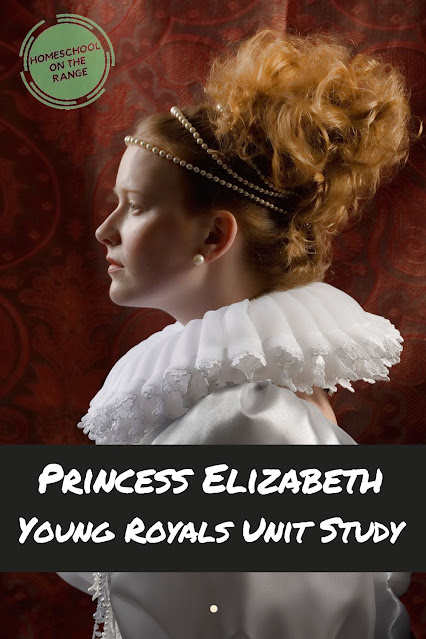As a youth, Catherine witnessed surrender of the Moors in Granada and Columbus' first voyage to the New World While young, she was betrothed to Arthur, Prince of Wales, in order to keep the peace between two of the most powerful nations of Europe. They eventually married, but he passed quickly and she later married his brother, who became King Henry VIII. Catherine and Henry were friends and confidantes. For the first five years of their marriage, Catherine acted as the Spanish ambassador to England quite successfully on her own. She even held off a Scottish rebellion in England while King Henry was off to war in France.
As the queen, Catherine gave birth to six children, only one of whom had survived. Princess Mary, whose story we studied earlier in this series, would later become Queen Mary I of England. Unfortunately, Henry was obsessed with producing a male heir to the throne in order to continue the Tudor dynasty. To that end, the marriage was annulled and she lived the rest of her life sequestered and alone. She was fortunate, however, to not have suffered the same fate as some of Henry VIII's other brides.
Historic References in the Book
- Catherine's first husband, Arthur, was the eldest son of Henry VII. At the age of eleven, he was formally betrothed to Catherine, when she was only four years old, in an effort to forge an Anglo-Spanish alliance against France. A mere six months after his marriage, Arthur died of the sweating sickness. The question over whether Arthur and Catherine had consummated their marriage became a source of contention, and was exploited by Henry VIII as he sought to annul their marriage. That question became the basis for the separation from the Catholic church and creation of the Church of England.
- The Battle of Bosworth Field was the last major battle in the Wars of the Roses (see more on that here). Historians consider Bosworth Field to mark the end of the Plantagenet dynasty, ushering in the Tudor dynasty and making it one of the defining moments of English history. From the 15th to the 18th centuries, the battle was glamourized as a victory of good over evil, such as in the climax of William Shakespeare's play, Richard III.
- Where Blackfriar's Station and St. Paul's Cathedral meet in London today, there was once Baynard's Castle. It was originally a Norman fort, built by Baynard around 1086, and went through several reconstructions until it was ultimately destroyed in the Great Fire of London in 1666. It was the London headquarters for the House of York, and the place where Edward IV ascended to the throne.
- The period before Lent is known as Shrovetide. It stretches from that Sunday to Fat Tuesday (Mardi Gras), and is the period when Christians contemplate what they will sacrifice for Lent. Carnival and other festivals are celebrated during this period, before the start of the self-reflective Lenten season. In some churches they collect the previous year's Holy Week palm branches and burn these palms to make the ashes used on Ash Wednesday.
- St George's Day marks the death of the Patron Saint of England, an early Christian martyr, who is thought to have died around the year 303. It is celebrated on April 23rd. Read his folklore in St. George and the Dragon.
- Catherine's parents were Queen Isabella I of Castile and King Ferdinand II of Aragon. Their marriage unified Spain, and they were known as the Catholic monarchs. They financed the journey of Christopher Columbus to the New World, which he named Hispaniola. The colonies Columbus established, and conquests in the Americas in later decades, generated much wealth for Spain, leading it to be the major power of Europe from the end of the sixteenth century until the mid-seventeenth century. Learn more about Columbus' exploration of Taino territory here.
Our spine novel for this unit study is Patience, Princess Catherine
.jpg)
Get the entire unit in the Young Royals bundle!
Includes seven unit studies covering the entire series. Each unit addresses a historic era from the eyes of a young royal, and these are told in living history format. Each unit has introductory text, which will give the student basic background information about the topic at hand.- There are photographs and illustrations, and we have also included primary documents when available.
- After this text, there are featured videos, which augment the background information and help make the topic more accessible for more visual students.
- You will also find a short list of reading books, including a featured novel that the unit builds upon.
- There are vocabulary words, places, and people to identify.
- Reading comprehension, critical thinking questions, and writing assignments are included.
- We add fun with hands-on activities and extra videos to watch that will bring the era to life.
Product samples: Mary, Bloody Mary
Includes:- Mary, Bloody Mary
- Beware, Princess Elizabeth
- Doomed Queen Anne
- Patience, Princess Catherine
- Duchessina: Catherine De'Medici
- Wild Queen: Mary, Queen of Scots
- Bad Queen: Marie Antoinette


.jpg)
